Early Season Elk Hunting Strategies
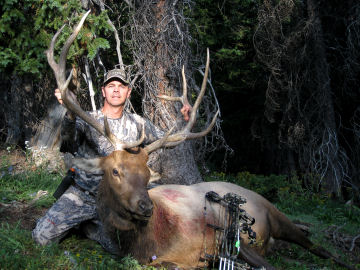
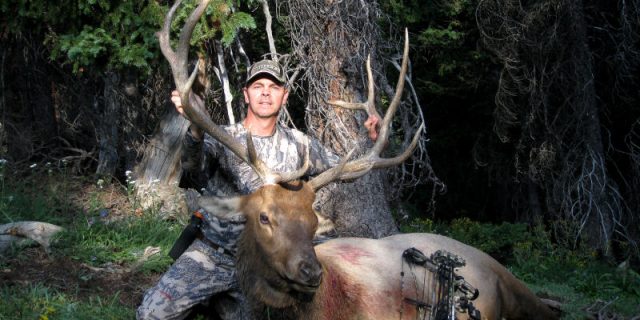
I consider any time before September 1st as early season when it comes to elk hunting. Several states offer archery dates beginning in August, and the early season is a great time to capitalize on bulls before they gather with cows, or even catch bulls still in the velvet. Bugling bulls are a rarity in August, so it pays to be flexible with strategies. Persistence and patience are critical to success – staying with it day after day, but also being patient, and waiting for odds to be in your favor.
Spot and Stalk
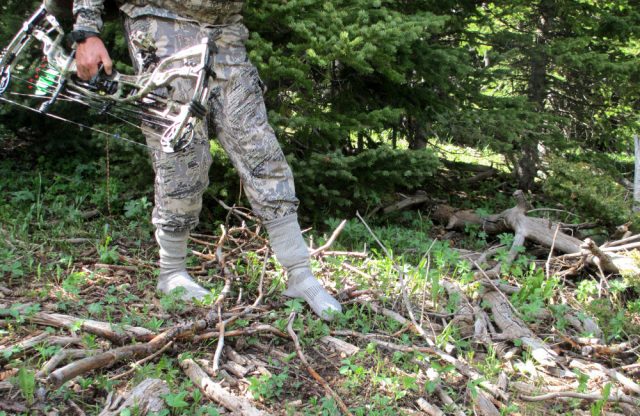 This is the tactic I most prefer all season long, so applying it to early season elk is a no-brainer for me. A high vantage point and binoculars will get you started. You can also add a spotting scope if you are evaluating trophy caliber of bulls.
This is the tactic I most prefer all season long, so applying it to early season elk is a no-brainer for me. A high vantage point and binoculars will get you started. You can also add a spotting scope if you are evaluating trophy caliber of bulls.
Many bulls this time of the year will still be as high as possible in elevation, taking advantage of the cooler weather escaping swarming insects. Bachelor groups of 2-12 bulls are common, but count on them separating as the rutting season approaches and progresses. Glassing early and late in the day above timberline, or in the shadowy clearings below treeline, should be your focus. Once you see what you’re looking for, typical spot and stalk methods apply.
This is where I believe in being aggressive. Take chances to make chances! Elk don’t visually recognize danger as easily as mule deer, but keep the wind right or it’ll be game over. Stalk in your socks with your pant cuffs tucked in or use a large pair of socks over your boots.
Tip: If you have to crawl on all fours, balance your bow across your back. It keeps the bow free from dirt and damage and makes crawling faster.
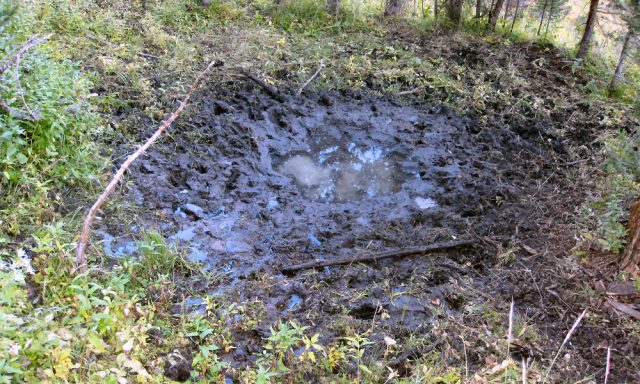 Water Holes and Wallows
Water Holes and Wallows
Elk water every day, sometimes several times a day. Hunting an actual water hole is a great option, and hunting active wallows may also pay huge dividends. Treestands and ground blinds work very well near water and wallows and will be more effective than sitting without one. Keeping your scent up off the ground or somewhat contained in a blind are a couple of benefits. Minimize the disturbance to the native habitat, only cutting necessary limbs for shooting lanes. Pay attention to the prevailing winds and thermals, especially in mornings and afternoons when thermals switch and become unpredictable. Don’t risk being winded at a water hole. It’s a sure source of activity and once elk are bumped, there’s no telling where they’ll go.
Transition Zones
Hunting transition zones between feeding/water and bedding can also be a productive strategy. The key here is to remain mobile as the elk move, and attempt to place yourself in their path while also keeping the wind in your favor. This can be extremely tricky, but during early mornings and evenings, the thermals will be their steadiest. You may have to resort to making a move from the side as elk will try to keep the wind in their favor while traveling.
Hunt Bedding Areas
Although I am an aggressive hunter, hunting bedding areas requires extreme stealth and patience. I shy away from it and would only advise this for more experienced bowhunters. In my opinion, it’s better to wait until they’re on their feet and feeding. If you’re under a time constraint, or if a rain has fallen to quiet your approach, still hunting into bedding areas can produce. Just realize if they are bumped, it may be difficult to locate them again.
Calling – Raking/Rattling
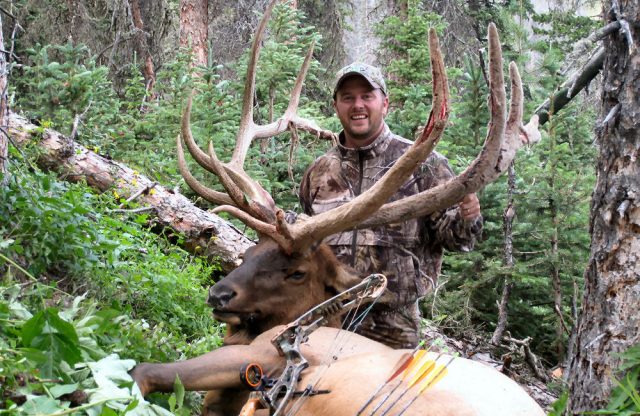 This is an under-utilized hunting method, especially early on. Most elk rub their velvet antlers beginning mid-August and throughout the third week. It can be cumbersome, but strapping one or two smaller elk antlers to your pack could be one of the best things an early season hunter can do. When conditions are too dry to stalk, or you find an area with fresh sign, rubbing an antler on a tree and branches can bring a curious silent bull into shooting range. If bulls are out of velvet, consider using two antlers to simulate a sparring match. Both calling methods should last 20-30 seconds or so at 15 minute intervals. It requires extreme vigilance as approaching bulls will be silent, and seeing them first is critical. When rattling antlers, throwing in some soft squeals or grunts and occasionally stomping the ground may make it more appealing and excite bulls to come check it out.
This is an under-utilized hunting method, especially early on. Most elk rub their velvet antlers beginning mid-August and throughout the third week. It can be cumbersome, but strapping one or two smaller elk antlers to your pack could be one of the best things an early season hunter can do. When conditions are too dry to stalk, or you find an area with fresh sign, rubbing an antler on a tree and branches can bring a curious silent bull into shooting range. If bulls are out of velvet, consider using two antlers to simulate a sparring match. Both calling methods should last 20-30 seconds or so at 15 minute intervals. It requires extreme vigilance as approaching bulls will be silent, and seeing them first is critical. When rattling antlers, throwing in some soft squeals or grunts and occasionally stomping the ground may make it more appealing and excite bulls to come check it out.
Early season elk can be difficult, but with careful planning, they can be taken as effectively as later in the season. With all of these strategies, I’d recommend not bugling or cow calling unless the elk themselves are calling.

